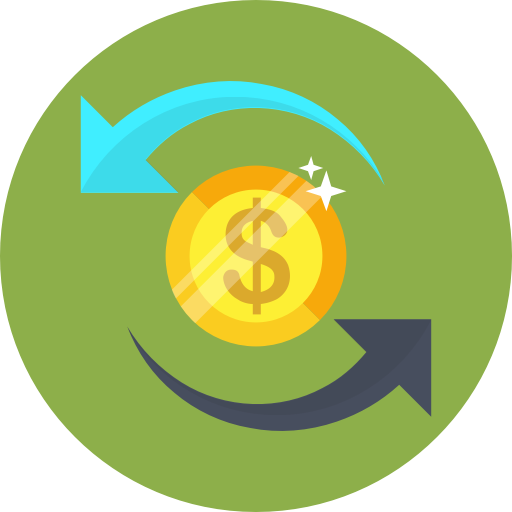Debunking Common Myths About Buy Now Pay Later Financing
Buy now pay later financing doesn’t always get spoken of in the best light. Indeed, if often gets mentioned in the same breath as predatory financing options like “payday loans” and some other forms of online financing, but is this reputation earned? In this post we want to take a look at some of the most common myths about buy now pay later consumer financing, and hopefully clear up a few things when using reputable Buy Now Pay Later programs from companies like ChargAfter.com.
So, what is buy now pay later? In essence, it is exactly what it says in the name; a method of point of sale financing in which you make your purchase but pay the cost of the sale at a later date, often in installments. The exact terms will vary from deal to deal, but the basic premise is that the payee enters into a finance agreement with the finance provider. That provider then pays the merchant in full, and the payee pays the provider back according to the terms of the agreement.
Buy Now Pay Later Myths
Now, about those myths. We’ve pulled together the most common misconceptions about this financing method. So, in no particular order;
There Are a Lot of Fees
Though there are many buy now pay later deals around, they all follow the same general template, which does not include application fees, annual fees, or interest rates. Additionally, there is usually a strict cap on late fees. Those late fees do exist, of course, but a consumer would have to default on their payments in order to experience those fees.
It Can be Bad For Your Credit Score
There is often confusion about what lenders can see when they are deciding whether to give you a mortgage or loan. While it is true that they will try to gauge your ability to pay back any credit you are given, buy now pay later does not have an especially negative effect on your credit score if you don’t default on your payments.
The amount of credit you are currently using does factor in the lender’s decision, of course, and in that sense you could theoretically be refused credit because of a buy now pay later agreement, but that is the case for any kind of finance agreement.
The Plan Puts People Into Credit Card Debt
It is certainly possible to get into credit card debt with a buy now pay later plan, but this is entirely dependent on how you pay the finance provider. We would not recommend paying your buy now pay later plan off with a credit card, as this is just swapping one debt for another. The providers are not, themselves, putting you into any credit card debt, as the plan (and often the provider) is not affiliated with a credit card.
It Encourages Excessive Borrowing
While we can’t deny that the option to spend money you don’t yet have will undoubtedly lead to some people getting finance when they wouldn’t otherwise have done, it is worth noting these plans have strict caps on how much you can spend with them, and are apt to refuse you future purchases if you default on your payments. In contrast, credit cards will let you keep spending up to your limit, even if you have defaulted on payments in the past.
What is a Merchant Payment?
Merchant payments are, simply put, payments to a merchant. You cannot accept credit card and debit card payments with a regular bank account, but with a merchant account, you can take a variety of point of sale payment methods quickly and efficiently. These include;
- Credit Card Payments – Payment using a credit card involves a number of consumer protections, including instantly blocking payments that seem suspicious.
- Debit Card Payments – Mechanically-speaking, debit card payments are the same as credit card payments, but the money comes directly from the payee’s bank account.
- Chip and Pin (Contactless) – For small enough payments using compatible cards, both credit and debit card payments can be made by simply waving the card over the card machine.
- Phone Payments – With certain merchant accounts, payments can be taken over the phone by taking certain details from the payment card.
- Online Payments – Essentially the same as phone payments but without the phone.
